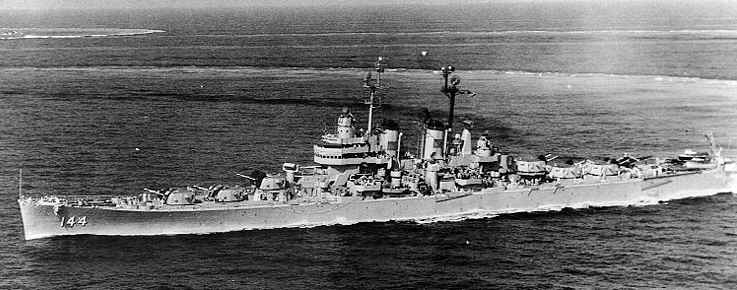|
These guns had a long development cycle with bursts of activity followed by periods of neglect. The officers of BuOrd had high hopes for these weapons, but they were continually frustrated in finding a home for them. Work began in 1937 as the main guns for a new class of cruisers limited by treaty to 8,000 tons. This project was halted in 1940 with the failure to produce an acceptable 8,000 ton design for this cruiser. An attempt in 1940 to get them onto what became the Montana class battleships died when BuOrd's own study showed that the 5"/38 (12.7 cm) and 5"/54 (12.7 cm) designs were better choices. In 1941 the guns were revived yet again, as the introduction of new, higher performing aircraft showed a corresponding need for a higher performance AAA weapon. However, the entry of the US into World War II meant that existing ships and weapons received priority and development of the new 6" (15.2 cm) was correspondingly slowed. The design was not finalized until 1943 and USS Worcester did not commission until 1948, long after the war was over. These guns did not prove reliable in service, possibly because of the high rate of fire and need for any-elevation loading. Another contributing cause was that they used a dual projectile hoist system - one for AP and one for HC/AA shells - which proved to be a source of jamming. And the dual-purpose performance came at a steep price in weight, with these twin turrets weighing about 20% more than the triple turrets used on the previous Cleveland class. In this regards, it should also be noted that the late-war equivalent 5"/38 (12.7 cm) armed Atlanta class AA cruisers carried the same number of guns on less than half the displacement of Worcester. In other words, two Atlantas carrying a total of 24 of the excellent 5"/38 (12.7 cm) guns could be built for less tonnage than one Worcester carrying half as many guns, albeit more powerful ones. Constructed of monobloc autofretted barrel with liner secured to the housing by a bayonet joint. Mark 16 Mod 1 differed from Mod 0 in having a tapered liner. All used a semi-automatic vertical sliding breech block accommodated in the housing. There was a 0.5 in (12.7 mm) ring attachment at the muzzle. There were plans made to replace the twin turrets on new ships with a triple fully automatic DP mounting similar in concept to those for the 8"/55 (20.3 cm) Mark 16. These were expected to be able to fire 20-25 rounds per minute per gun compared to 12 rounds per gun in the twin mountings. This project was cancelled at the end of the war. |

USS Worcester CL-144 in June 1950
|
| .
|